Culinary guide to Queensland critters
By Myles Sinnamon - Project Coordinator, State Library of Queensland | 26 February 2016
Mrs Lance Rawson’s Cookery Book and Household Hints was first published in Rockhampton in 1878 and was expanded and republished in 1890. It is supposedly one of the earliest cookbooks to use specifically Queensland ingredients, notably Queensland wildlife.
In the preface of the 1890 edition, Mrs Rawson (full name -Wilhelmina Frances Rawson) lets the reader know she has no compulsion against snacking on the native fauna when conventional farm animals become scarce -
“…when I tell my friends that we often eat Bandicoots, Kangaroo Rats, Wallaby and Paddymelon, they looked astonished, and yet there is no reason why they should not be good for human food, as they all live on grass or roots. Often a young bush housekeeper is at her wits’ end when killing-day is postponed, and the beef has run out, little knowing that she has materials for a sumptuous repast not far from her kitchen. I hope this little book will meet with a welcome from such housekeepers, and if some of my dishes are disagreeable in thought, I don’t think they will prove so in taste.”
Here are some of Mrs Rawson's tips on preparation of local wildlife...
Flying Fox
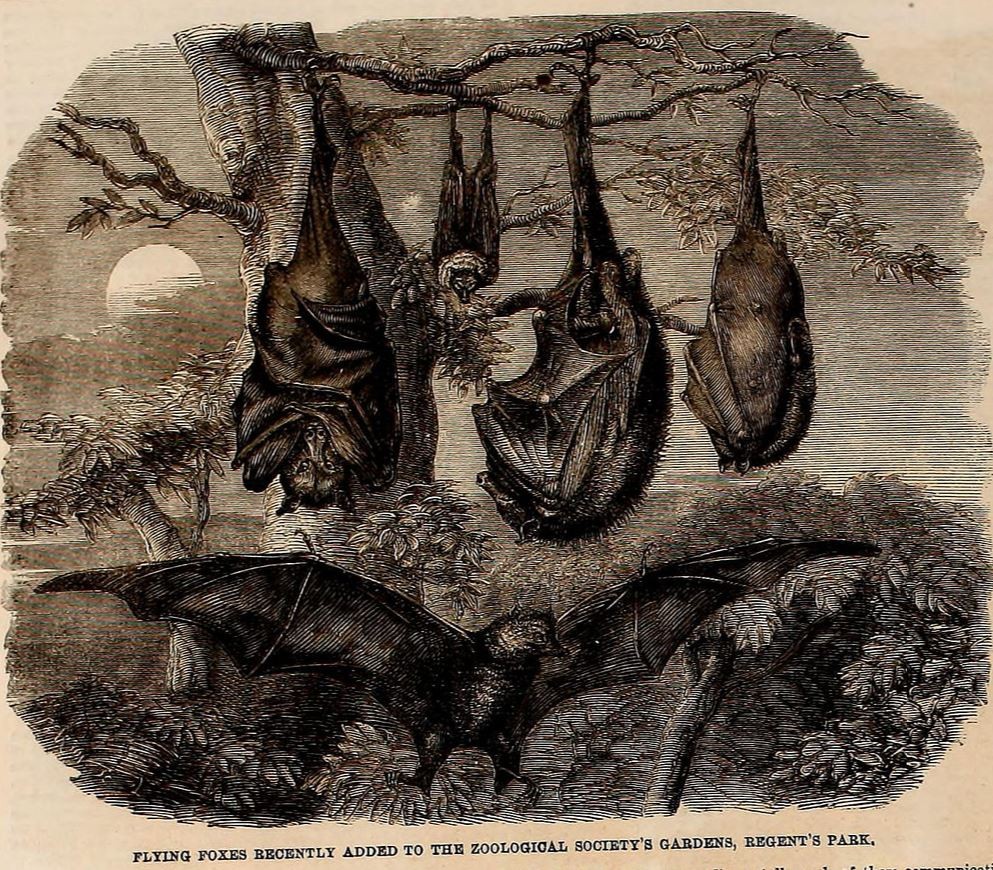
Flying Foxes. The Illustrated London news (1842) - taken from Internet Archive
"Excellent eating... you will hardly know the flesh from pork. " according to Mrs Rawson. Fly foxes are an awkward creature to prepare due to their "strong unpleasant smell". Once you overcome the stench, Mrs Rawson suggests stewing the flying fox meat with onions and seasoned herbs before turning them into into a pie dish. She recommends eating them during fruit season as their fruit diet improves their taste.
Bandicoot
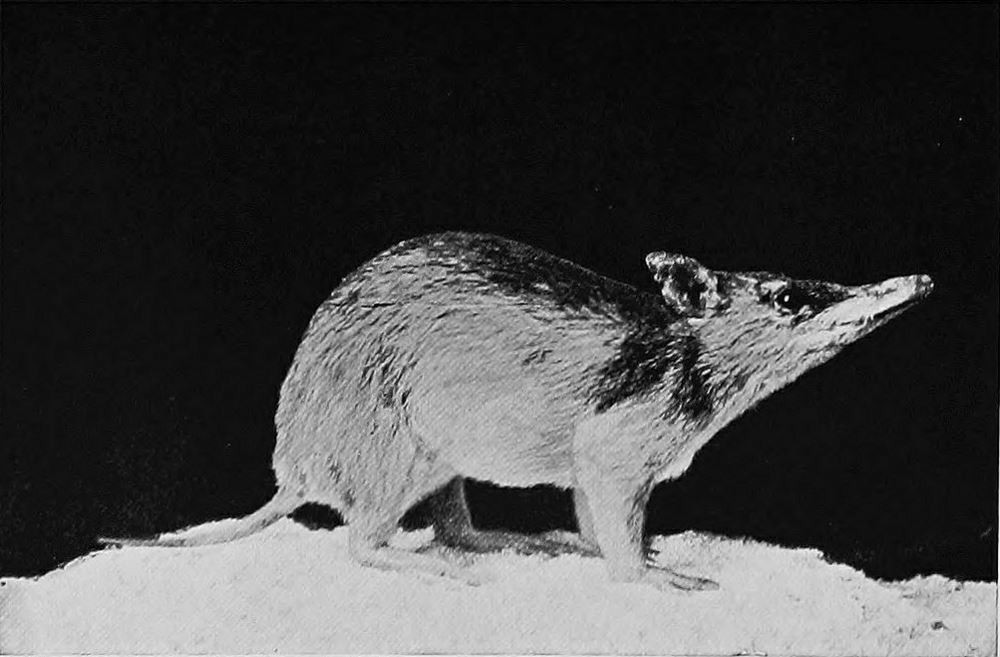
"The sooner this little animal is prepared after being caught the better. it can either be scalded and scraped like a pig or skinned. I prefer the former mode for boiling, as it looks nicer when sent to the table. It can be stuffed or not, according to the taste. Soak it in salt and water before cooking.
"When trussed put into a stew-pan and cover with hot water, boil gently till quite tender. Servce with parsley and butter, or onion sauce over it."
Kangaroo
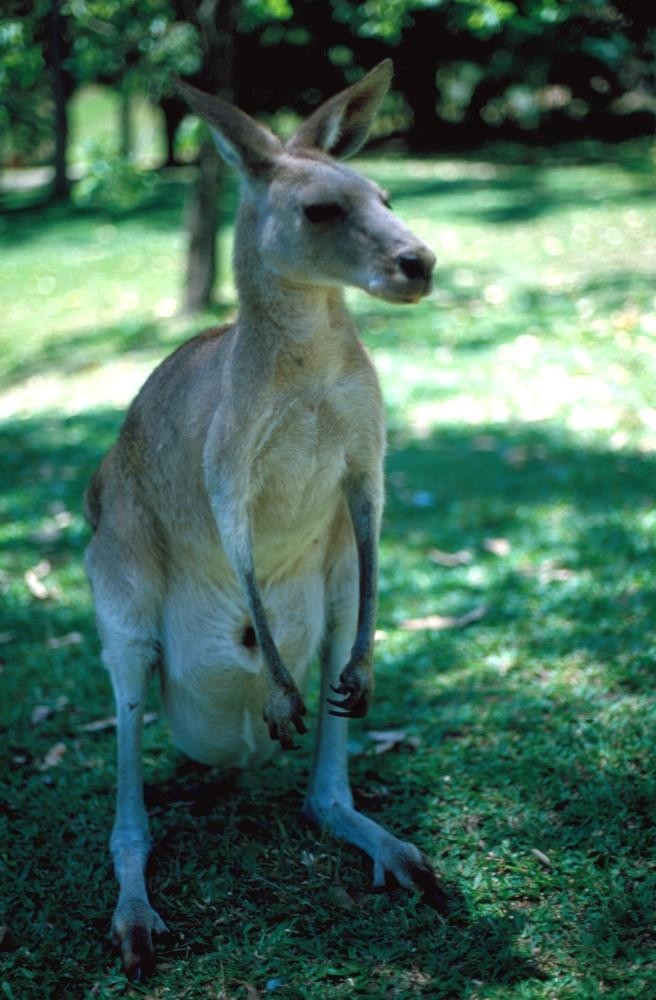
“...unless quite young, is not very appetising, save the tail, which makes excellent soup, quite as good as Ox tail. A leg of Kangaroo, if young, is very good boiled; roasted it is rather dry, as indeed is most of the ground game in this country.”
Wallaby
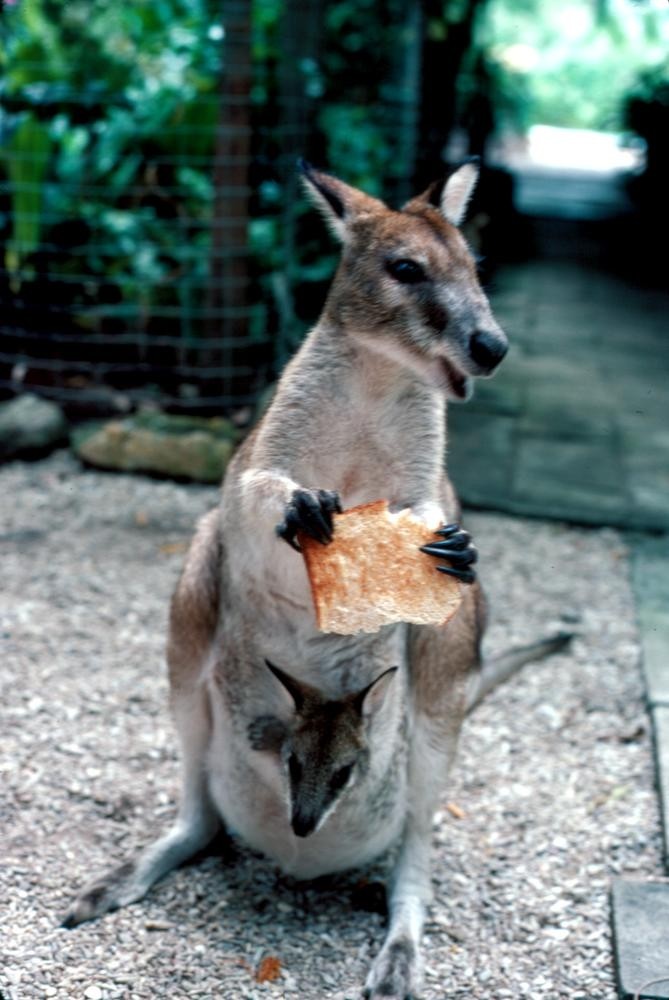
Mrs Rawson suggests the hind quarters are generally used. “a peculiar strong flavour about almost all game of this sort which is very hard to overcome.”
Iguana
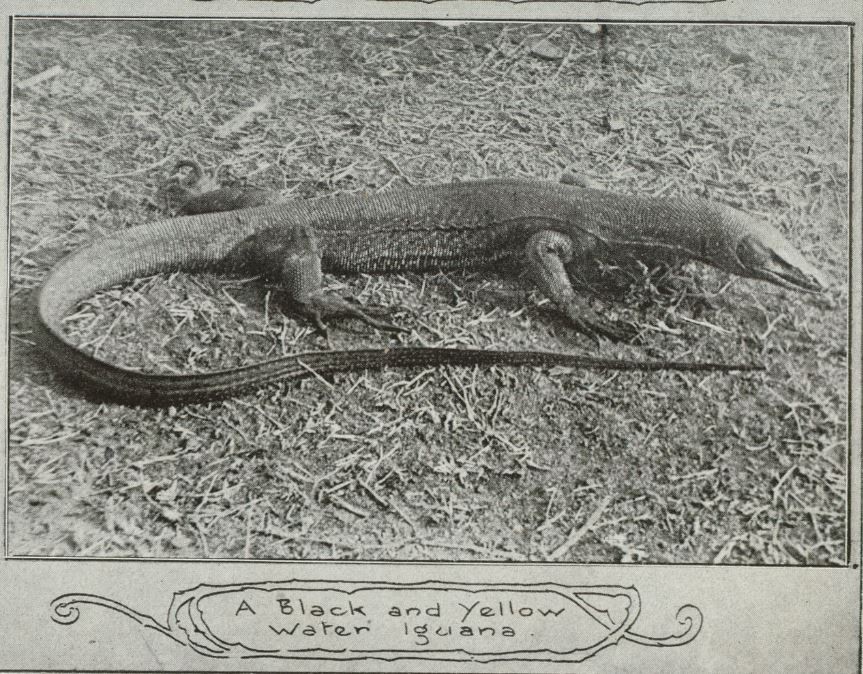
Supposedly tastes like spring chicken. The tail can make a fine curry. A freshly killed young iguana grilled on the fire “...is a breakfast fit for any one”.
Scrub turkey
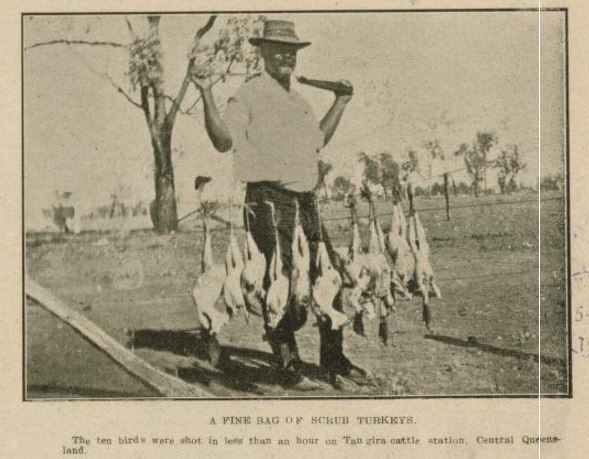
Once plucked and cleaned make a stuffing of half a pint of mashed potatoes, half a pint of breadcrumbs, two tablespoons of butter, pepper, salt and two eggs. The bush turkey is basted in either butter or good dripping.
Parrot
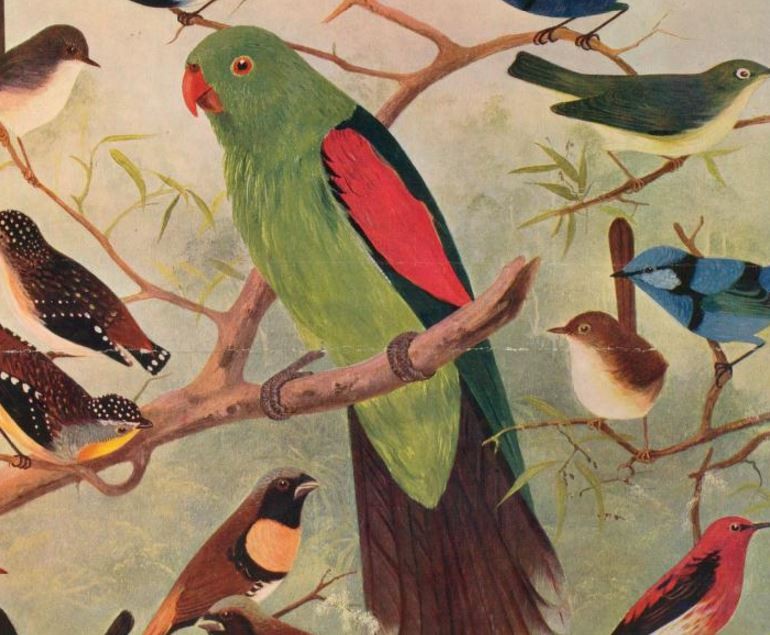
Parrots can be made into soup. "Pluck and clean ten or twelve parrots, put them into a pot and just cover them with water; let them simmer for three or four hours; strain off the liquor and thicken it with a little cornflour or arrowroot, and flavour with a little pepper, salt, and spice to taste. The parrots can be sent to table either served as they are or with melted butter over them."
Additional tips
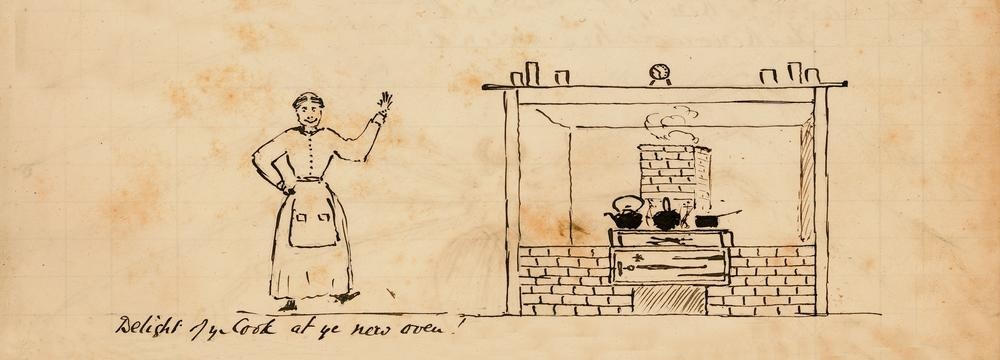
Bandicoots, Pademelons, Wallabies and Kangaroo, according to Mrs Rawson can have a "peculiar twang". This can be remedied by soaking the meat in strong vinegar and water.
It should be stated that Indigenous Queenslanders have been eating this food for centuries, however it is interesting to see wildlife incorporated into traditional Western cooking techniques and recipies. Please do not try these recipes at home as these animals are now protected.
The 1890 edition of Mrs Lance Rawson’s Cookery Book and Household Hints has been digitised and can be view in its entirety via our One Search catalogue.
In 1894 Mrs Lance Rawson published another book, Australian enquiry book of household and general information : a practical guide for the cottage, villa and bush home : recipes and information upon everything and for everybody which is also available to peruse through One Search.
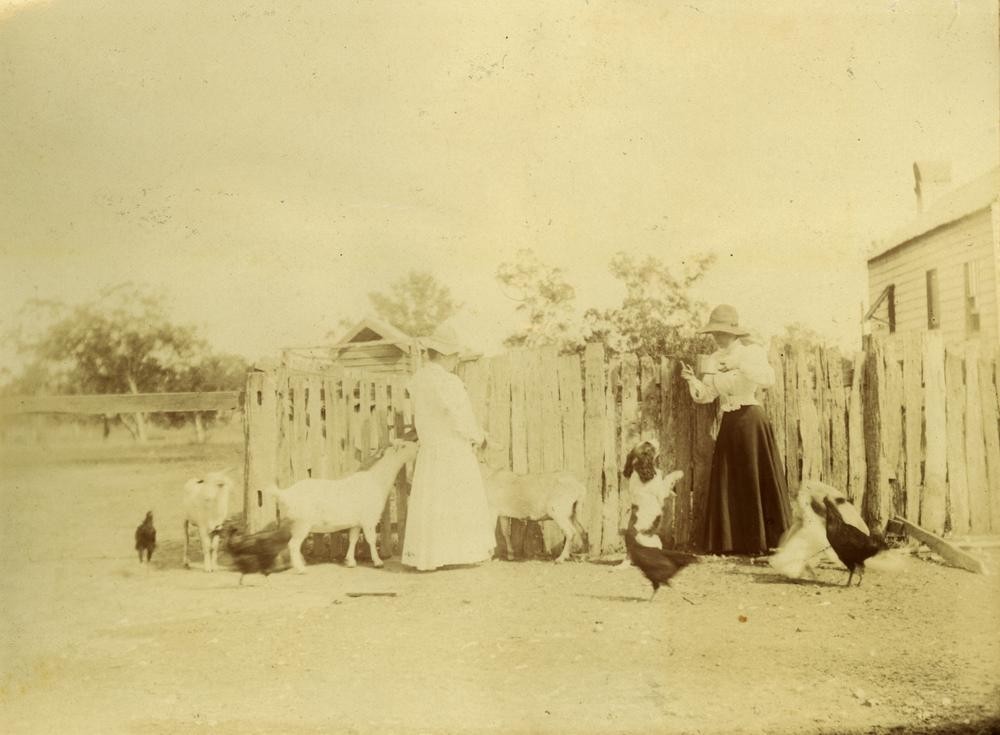
Wilhelmina married into the Rawson family, early settlers of the Pioneer River in Mackay. The Rawson Family Archives containing manuscripts, photographs, photographic albums, ephemera and printed material are held by SLQ.
Myles Sinnamon - Project Coordinator, State Library of Queensland
Comments
Your email address will not be published.
We welcome relevant, respectful comments.